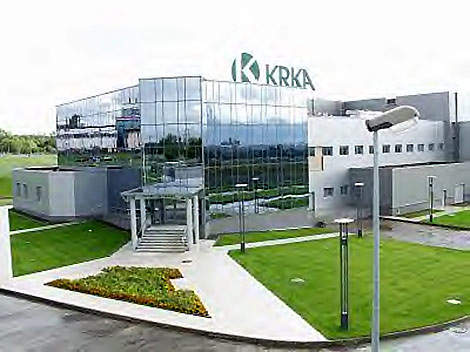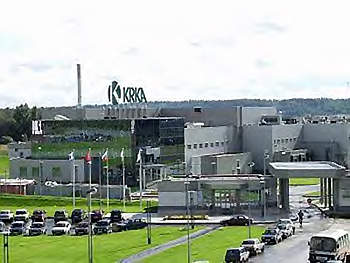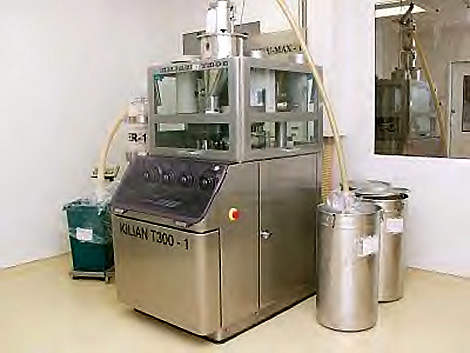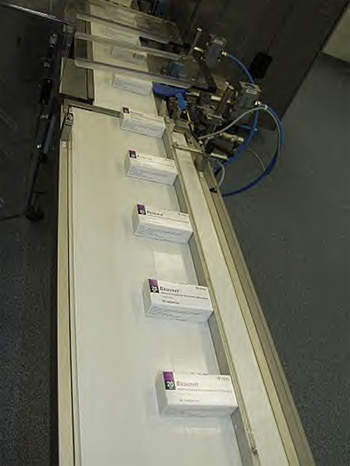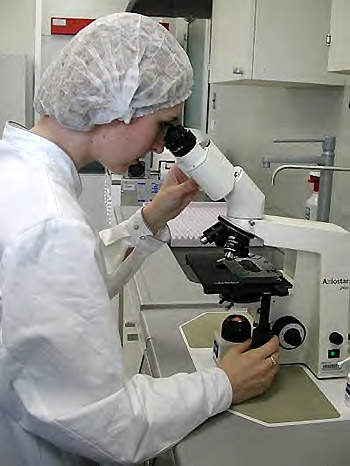Krka, a Slovenian pharmaceutical company, opened a new solid dosage forms production facility in Istra, northwest Moscow, Russian Federation, in September 2003. The new facility required a total investment of $45 million. The plant will produce 600 million tablets and 240 million capsules per year when at full production.
The new facility will be run by a subsidiary of Krka, called Krka-Rus. The decision to build the new facility was taken as part of an expansion plan into the Russian Federation and other countries of the former Soviet Union. The plant will supply its products to these local markets and not internationally, thus enhancing its position as one of the leading pharmaceutical companies in Slovenia and receiving the status of a local manufacturer.
One of the main drugs to be formulated at the new plant is likely to be the generic anticholesterol statin, Lovastatin (Choletar). Krka has obtained marketing authorisation for 120 of its products in the Russian Federation. The majority of these approvals are for the treatment of cardiovascular diseases.
KRKA FACILITY CONTRACTORS
Construction for the new facility was started in August 1999. The project management and design was carried out by a project team from Krka. The construction work on the new building was carried out by a Slovenian company, Rima Construction. The gas detection and electronic security systems were fabricated and installed by Iskra Sistemi dd, also of Slovenia. The information technology systems were developed by The Atlantis Company.
DOSAGE FORMS FACILITY CONSTRUCTION
The distribution centre was finished in 2002. This also included power lines, transformers, gas fired power station and the majority of the infrastructure for the plant such as water treatment and purification systems. The tableting (T300-1) and production equipment were provided and installed by Kilian of Cologne, Germany.
The automated warehouse facility was also completed in mid-2002 with 2,200 palette places. One of the concepts of the warehousing system is the rationalisation of warehousing space by the use of standard containers. The new company warehouse has also dedicated customs clearance service as an onsite facility.
The production building was completed in August 2003. The total floor area of the new plant is 18,000m², with 7,677m² of this being in the production and technical areas. The production building is one of the few Russian Federation pharmaceutical plants to have been built to Good Manufacturing Practice (GMP) standards and to Russian environmental and safety compliance.
The plant has been constructed to have a high level of automation and computer controlled processes. This means the use of closed production systems, which prevent cross contamination and ensure a high level of safety for the products and the personnel. The air conditioning system at the new plant covers over 2,400m² of the production building. This ensures controlled temperature, humidity, air pressure and direction of flow and thus also helps to ensure a GMP environment.
KRKA PRODUCTION PROCESSES
The new Krka-Rus facility has three interconnected buildings: production, warehousing and administration. The production building has three floors. The first two floors are production areas and technical installation areas. The third floor is designed for plant equipment and infrastructure systems. Production zones contain a fully integrated system to carry out all functions from weighing raw materials to packaging the final product. The production process is fully planned, controlled and monitored by a computer system. The cleaning of production equipment is carried out by Clean-in-Place (CIP) systems.
The production process begins in the warehouse with delivery and identification and then weighing out. The material is then ready for homogenisation. The homogenisation process is followed by granulation. Two granulation processes are used. The first one uses a high-speed mixer and a fluid bed drier; the second uses a fluid bed granulator drier. The dry granular material is then sieved and prepared as a compression mixture for tableting. Tableting is carried out on machines such as the Kilian T300-1, with full computer control. The tablets may then be coated with a film to prevent the tablet being exposed to humidity and light.
Packaging is carried out on fully automated lines fitted with individual control systems, which ensure the quality of the final product. The packaging line is connected with the automated warehouse via two transport lines. One supplies the packaging line with raw materials, while the other transfers the finished product to the warehouse.

